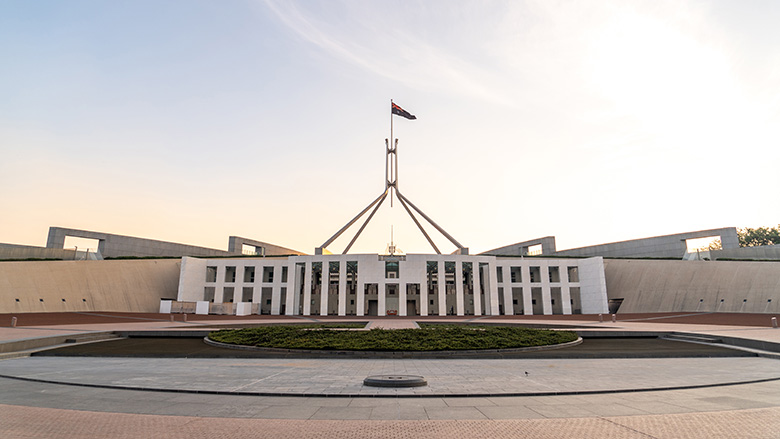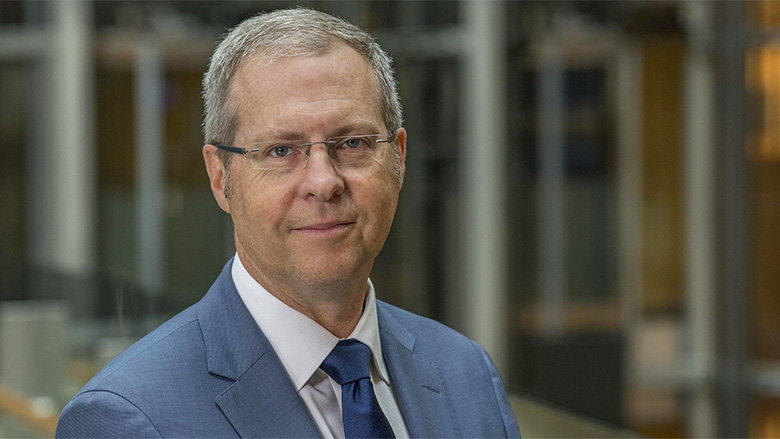The 2022/23 Commonwealth Budget announced this evening is focused on supporting economic growth to help stabilise the high levels of Government debt built up during the COVID-19 pandemic – rather than spending cuts or higher taxes.
Commonwealth Bank of Australia Chief Economist Stephen Halmarick said: “This is both a pre-election Budget and a new phase in the Government’s fiscal strategy focused on stabilising the debt built up supporting the country during COVID-19. The Treasurer is looking to achieve a stabilisation of debt as a percentage of GDP through economic growth, rather than through spending cuts or raising taxes.
“The Budget reflects the robust state of the Australian economy and its rapid bounce back after the economic impact of the policies designed to slow the spread of COVID. As expected, falling unemployment and booming tax receipts from strong labour growth and a surge in commodity prices have delivered a A$38.1 billion improvement in the budget bottom-line in 2022/23, which help fund a number of initiatives.




